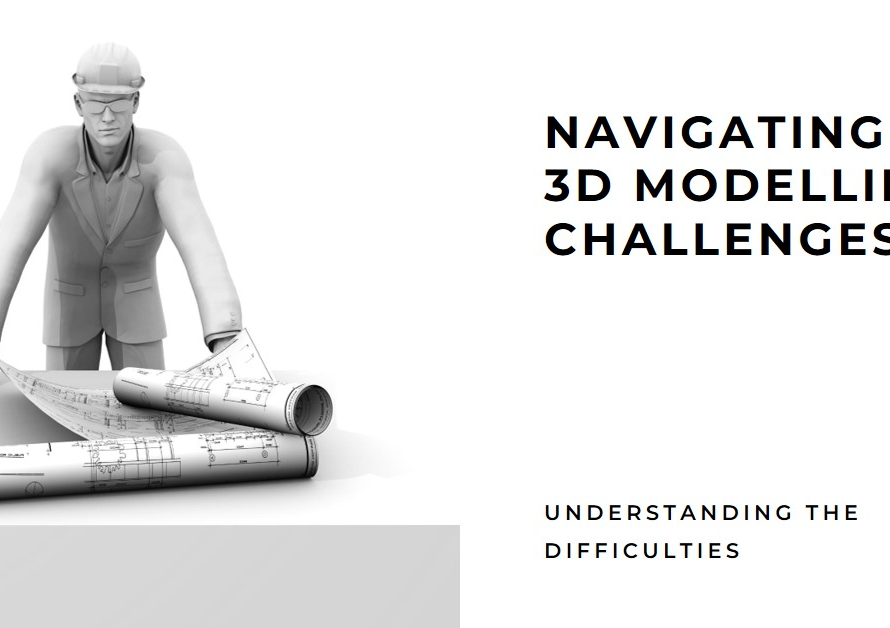
Table of Contents
Understanding the pricing dynamics of architectural visualization services is crucial for clients, architects, and visualization studios alike. This blog post delves into the various factors that influence architectural visualization prices, providing insights into the cost structure, value propositions, and considerations that shape pricing decisions in the industry.
1. Scope of Project for Architectural Visualization
The scope of the project plays a significant role in determining architectural visualization prices. Projects with complex designs, large-scale developments, intricate details, and multiple deliverables such as interior renderings, exterior views, animations, and VR experiences typically incur higher costs due to the extensive work involved. Clear project objectives, detailed briefs, and comprehensive scope documentation help visualization studios assess the workload, resources, and timeframes required, allowing for accurate cost estimations aligned with project complexity.
2. Level of Detail and Quality
The level of detail and quality expected in architectural visualizations directly influences pricing structures. High-quality renderings with photorealistic textures, accurate lighting simulations, realistic materials, and intricate detailing command higher prices due to the expertise, time, and computational resources required to achieve such standards. Clients seeking top-tier visual outcomes, realism, and visual impact should expect pricing variations based on the desired level of detail, realism, and customization in their visualizations.
3. Project Deadlines and Timeline
Urgency and project timelines also impact architectural visualization prices. Projects requiring expedited delivery, quick turnarounds, or tight deadlines may incur rush charges or premium rates to accommodate accelerated workflows, additional resources, and prioritized scheduling. Clear communication of project timelines, milestone expectations, and any time-sensitive requirements allows for accurate pricing adjustments and ensures timely delivery without compromising quality standards.
4. Software and Technology Requirements
The choice of software tools, rendering engines, and technology solutions influences pricing structures in architectural visualization. Advanced software packages, real-time rendering engines, VR/AR integrations, and computational resources for high-fidelity simulations incur licensing costs, hardware investments, and maintenance expenses, which may be reflected in pricing quotes. Clients seeking specific software features, interactive experiences, or cutting-edge technologies should discuss their requirements with visualization studios to understand pricing implications and technological capabilities.
5. Customization and Iterations
The level of customization, revisions, and client iterations during the design process affects pricing considerations in architectural visualization projects. Projects with frequent revisions, design iterations, and client feedback loops may incur additional costs for revision cycles beyond the initially agreed scope. Clear communication of revision policies, feedback mechanisms, and revision limits helps manage client expectations, streamline workflows, and mitigate potential cost overruns due to excessive changes.
6. Team Expertise and Skill Levels
The expertise, experience, and skill levels of the visualization team directly influence pricing structures. Teams comprising seasoned 3D artists, architects, designers, and specialists in lighting, texturing, and animation command higher rates based on their expertise, industry reputation, and track record of delivering exceptional visual outcomes. Clients seeking top-tier quality, creative innovation, and industry-leading visualizations should consider team expertise as a crucial factor impacting pricing and project outcomes.
7. Project Scale and Deliverables
The scale of the project, including the number of visualizations, resolution requirements, output formats, and additional deliverables such as animations, VR tours, interactive apps, or marketing collateral, contributes to pricing variations. Larger-scale projects with extensive deliverables, multiple viewpoints, and complex scenes may require more resources, time, and specialized skills, reflecting in pricing quotes tailored to project scale and deliverable specifications.
8. Geographic Location and Market Trends
Geographic location and market trends also influence architectural visualization prices. Pricing structures may vary based on regional market demands, cost of living indices, industry competitiveness, and prevailing market rates for visualization services. Clients should research market trends, benchmark pricing quotes, and engage with reputable visualization studios that offer competitive pricing aligned with industry standards and quality benchmarks.
9. Additional Services and Value-Added Offerings
Visualization studios often offer additional services and value-added offerings such as virtual staging, 360-degree panoramas, post-production enhancements, marketing consultations, and project management services. These supplementary services may incur separate fees or bundled pricing packages, depending on client needs and project requirements. Understanding the scope of additional services, their impact on project costs, and the value they add to the overall project experience helps clients make informed decisions regarding pricing structures and service offerings.
10. Negotiation and Contractual Agreements


Finally, negotiation strategies, contractual agreements, and project scopes play a pivotal role in finalizing architectural visualization prices. Transparent communication, clarity on deliverables, detailed contracts outlining pricing structures, payment milestones, revision policies, and project expectations facilitate fair pricing negotiations, mutual understanding, and successful project collaborations. Clients and visualization studios should engage in open dialogues to align expectations, clarify pricing details, and establish a mutually beneficial partnership for project success.
Conclusion: Pricing Transparency for Successful Collaborations
Navigating architectural visualization prices requires a comprehensive understanding of the factors outlined above, coupled with clear communication, strategic planning, and value-driven collaborations. By considering project scope, quality expectations, timelines, technology requirements, team expertise, market dynamics, and negotiation strategies, clients and visualization studios can establish transparent pricing structures, deliver exceptional visual outcomes, and foster long-term partnerships built on trust, value, and shared success in the dynamic landscape of architectural visualization projects.


